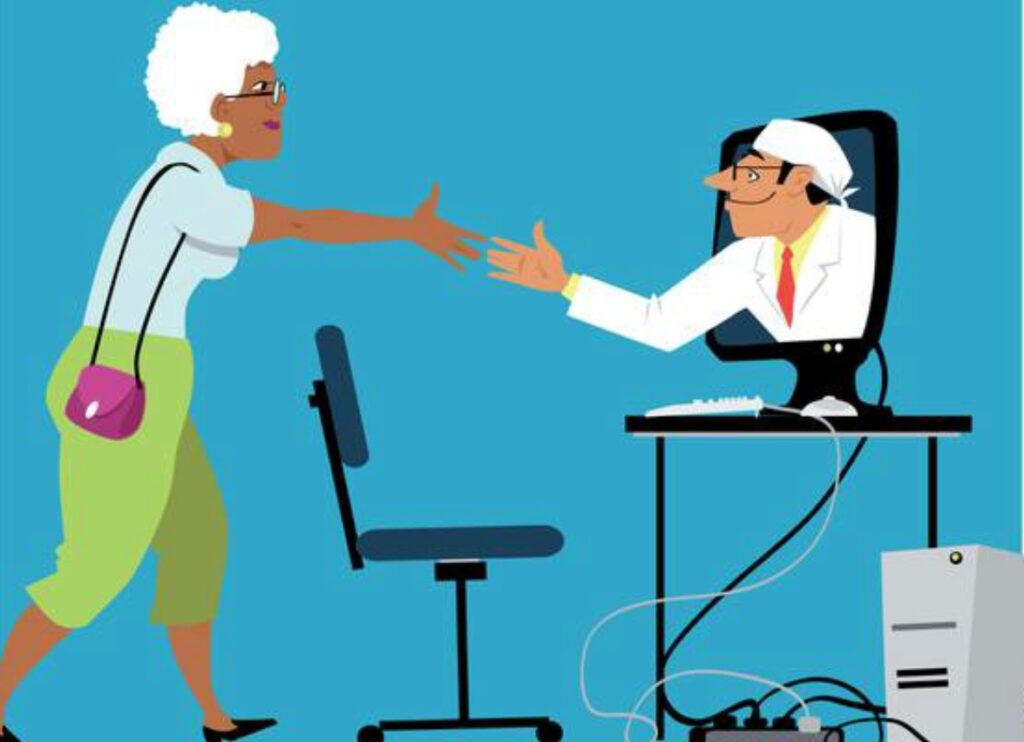
While considerable social scientific attention has been devoted to the impact of COVID-19, more attention is needed to assess its effects on medically underserved populations. These communities are among the nation’s most vulnerable populations and may be less resilient to the effects of such a large-scale shock.
Data from a new survey designed to assess the impacts of the pandemic on health-related and economic dimensions of rural well-being shows that the effects of the COVID-19 pandemic on rural populations have been severe, with significant negative impacts on unemployment, overall life satisfaction, mental health and economic outlook. Further, these impacts have been generally consistent across age, ethnicity, education and sex.
These grim reports are prompting payers and providers to adopt new approaches to delivering care. Many now recognize that telehealth is a first-line strategy to reach these patients, many of whom struggle with acute and chronic conditions and have compromised access to quality care. For rural patients, telehealth is often the first point of contact in an emergency and “emergency telehealth” already plays an important role in improving access for rural emergency patients in 11 states.
Innovative telehealth solutions effectively address a myriad of healthcare challenges beyond urgent care and will continue to demonstrate value during and beyond COVID-19:
- Improve access to primary and specialty care
- Enhance preventive care
- Expand tele-behavioral and mental health services
- Advance chronic disease management
- Support wellness initiatives
- Initiate weight loss and lifestyle changes
Telehealth can eliminate traditional barriers to care such as transportation needs, distance from specialty providers and approved time off from work. It can be accessed from anywhere and at any time. In fact, the Biden Administration has made a small but vital $19 million investment in digital health to expand telehealth access and quality to rural and medically underserved urban areas. This funding will help treat patients with complex conditions, ranging from long COVID to substance use disorders.
Some 46 million Americans live in rural areas, which is 15 percent of the population and millions of other Americans live in medically urban underserved areas. Together, they make up a substantial percentage of the American population who experience critical healthcare services shortages and can benefit from telehealth.
Telehealth provides specialized care, enhances preventive care and improves health outcomes
Telehealth is helping with many chronic conditions, including diabetes, COPD and coronary disease, as well as depression and other mental/behavioral health issues. Some six in ten adults have a chronic disease and four in ten have two or more chronic conditions. Telehealth also helps with medication adherence as well as clinical and dietary outcomes for people suffering with chronic conditions.
In many cases, virtual consults have also been shown to be as effective as in-person visits. By using telehealth as part of their chronic disease management, patients can keep in better touch with their care providers, reducing the chance of a relapse in treatment and lower hospital readmission rates.
In fact, the CDC’s Community Preventive Services Task Force recommends several telehealth interventions to reduce risk factors for patients with high blood pressure, cardiovascular disease, diabetes, HIV infection, asthma, obesity and end-stage renal disease. CDC found text messaging, web-based content and applications and interactive content to be effective.
Remote patient monitoring (RPM), a type of home telehealth that enables patient monitoring, as well as transfer of patient health data to a health care provider, is also important for rural residents. This use of electronic communication and information technologies to allow interaction between providers and patients in different locations (e.g., wound consultation by a physician at an offsite location using audiovisual equipment, monitoring blood pressure, etc.) enables patients to check their vital sign measurements from home, avoid traveling long distance to the nearest provider or worry about long wait times.
Growing importance of behavioral telehealth
Unfortunately, as mental health concerns grow, there is a shortage of mental health professionals and access to treatment which is leaving millions to fend for themselves. Only 42% of adults and 51% of children with mental health problems receive treatment and the average delay between symptom onset and treatment is 11 years. If left untreated, there can be additional or more serious chronic physical health problems.
Behavioral telehealth is bridging this care gap, providing more options for convenience, privacy and safety than face-to-face meetings, especially for rural residents who had a high rate of social isolation even before the pandemic. Licensed counselors, psychologists or psychiatrists provide virtual care and this is very doable and relatively low-tech. Easy set-up with a reliable telehealth partner can make the experience stress-free for both providers and patients.
The goal is to ensure that telehealth is a component of an integrated, patient-centered medical home that enables providers and care teams to meet patients where they are and address the simplest to the most complex conditions. As digital health technologies advance, there is no limit to how telehealth can enhance the healthcare of all, especially those who are compromised with access to quality care.